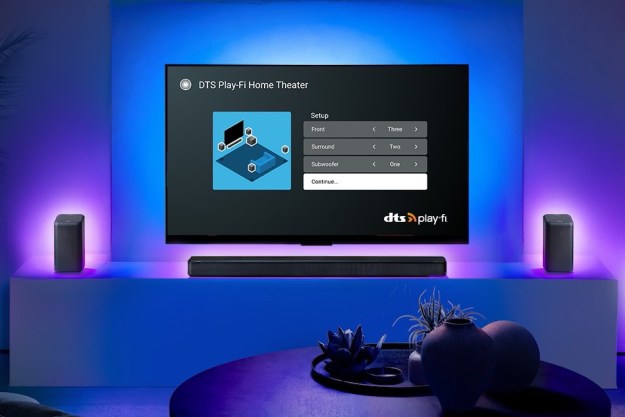Yesterday, Sonos releases a software update that contains improvements for owners of its Arc soundbar and Roam portable Bluetooth speaker.
Arc owners can now adjust the volume level of the upward-firing height channel drivers separately from the level of the other channels, something that previously couldn’t be modified.
Upward-firing drivers in Dolby Atmos-capable soundbars rely on overhead ceilings to bounce sound from the soundbar to the viewer. But many variables, like ceiling height, ceiling shape, and the distance from the soundbar to the viewer can affect how convincing those height channel sounds are.
Being able to manually adjust the strength of these channels should help those who find that Sonos’ Trueplay room-tuning system hasn’t achieved the kind of immersive sound they were hoping for, or conversely, that the height channel effects are too powerful for their liking.
To access the new settings, Arc owners need to:
- Open the Sonos S2 app, tap on the Settings tab and then select System.
- Select the room where Arc soundbar is located.
- Under Sound tap Height Audio.
- Use the slider to increase or decrease the volume of the height audio channels.
For Roam owners, the software update addresses a possible battery drain issue that was noticed by folks who had set up Google Assistant on the portable speaker. Doing so could cause the battery to drain rapidly, leaving Roam owners with less than the claimed 10 hours.
Sonos hasn’t indicated how much of a difference the update will make to the Roam’s battery life. “Today’s update ensures customers can get the most out of their battery life while enjoying Google voice control,” a
Editors' Recommendations
- Sony’s best soundbars are reborn as the Bravia Theater Bar 8, Bar 9, and Quad
- TCL goes all-in on Dolby Atmos with its first 7.1.4-channel soundbar
- Software update looks to make the Vizio experience even faster
- You Asked: Dolby Atmos and EDID, minimalist soundbars, and HDMI 2.1
- Bose’s new flagship Dolby Atmos soundbar brings AI smarts to the dialogue problem




